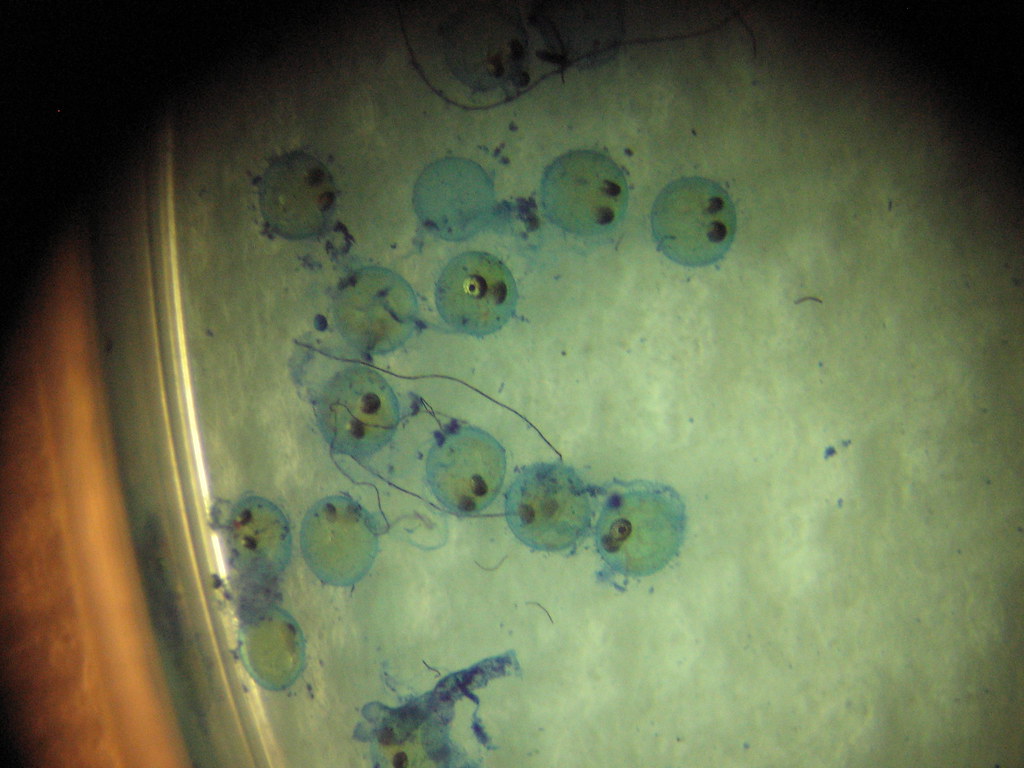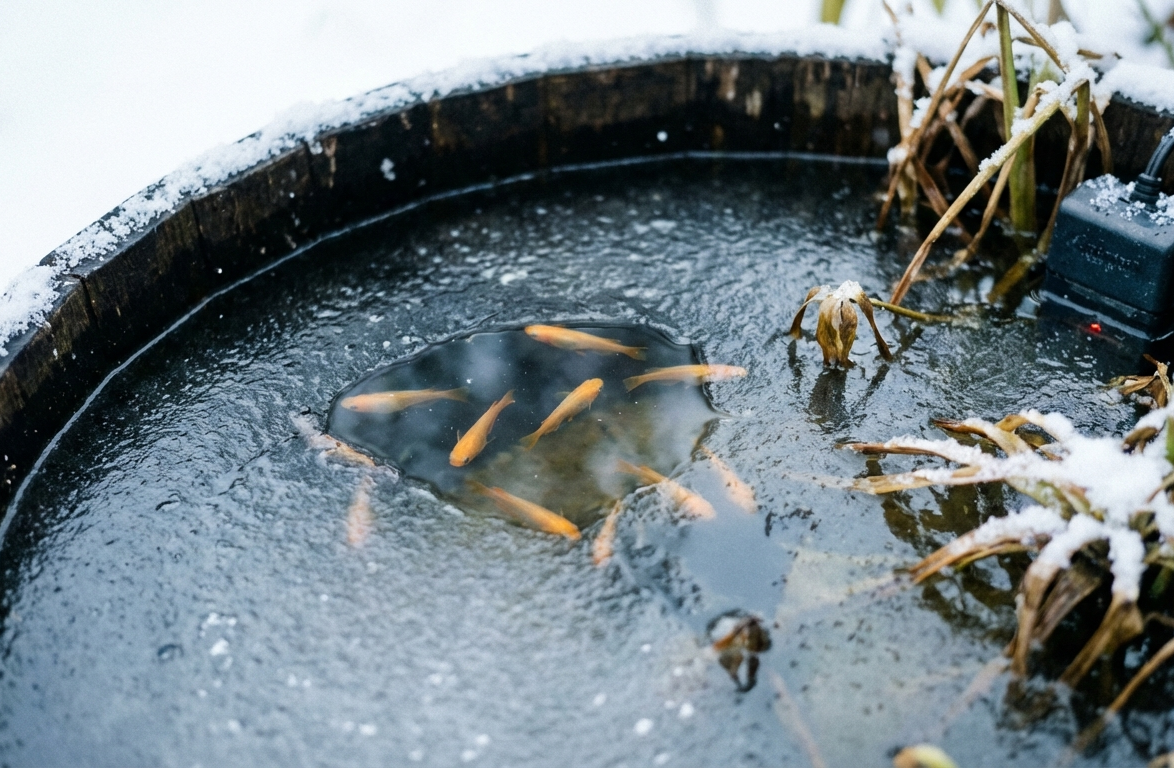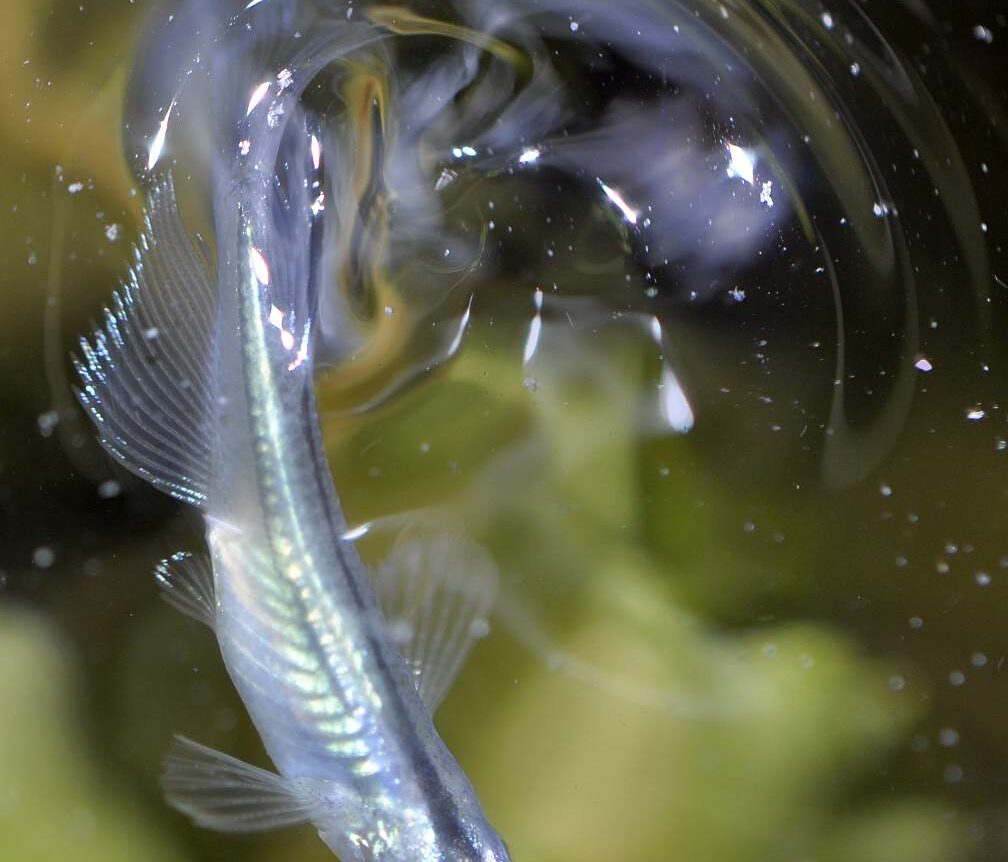Breeding medaka ricefish is a fascinating and rewarding hobby that offers a unique glimpse into the life cycle of these remarkable fish. Whether you're an experienced aquarist or just starting out with medakas, collecting and hatching eggs is an exciting process that, with the right approach, can be surprisingly simple. In this guide, I'll take you through all the steps you need to successfully collect and hatch medaka eggs.
Medakas are naturally prolific breeders, and with a little attention and patience, you can quickly establish your own breeding program. The beauty of these ricefish is that they're relatively easy to breed compared to many other aquarium fish, making them perfect for both beginners and experienced breeders. Let's begin the collection process!
Collecting Medaka Eggs: Step-by-step Guide
Collecting medaka eggs begins with recognizing the right moment. Females Medaka after fertilization, they literally carry their eggs with them, dangling from their abdomens in a characteristic grape-shaped cluster. This usually occurs in the early morning hours, shortly after sunrise. The eggs are easily recognizable as small, transparent balls attached to the female by thin threads. This unique behavior makes collecting them relatively easy, as you can see exactly which fish are carrying eggs.
There are two main methods for collecting the eggs. The first, and most commonly used, is manual egg collection. Carefully capture the female with a soft net and hold her still for a moment above the water. Using your fingers or a cotton swab, you can very gently remove the eggs from her abdomen—they usually detach easily. Be extra careful not to stress or harm the fish. An alternative method is to use spawn mops or fine plants like Java moss in the aquarium, where the females will spontaneously release their eggs as they swim through the vegetation.
Timing is crucial for optimal results. Check your medakas every morning shortly after turning on the lights, as this is when the eggs are most recently laid and still clearly visible. Collect the eggs as soon as possible, as they might otherwise fall prey to other fish in the tank—even the parents will eat their own eggs if given the chance. A healthy, well-fed female medaka can produce up to 10-30 eggs daily during the breeding season, so consistent monitoring often results in a good harvest.
Hatching Medaka eggs in practice
Once you've collected the eggs, the next step is to create optimal conditions for hatching. Place the collected eggs in a separate container with clean aquarium water at the same temperature as the main aquarium. A small glass dish, petri dish, or plastic container about 10-15 cm in diameter is ideal. The water temperature determines the incubation time: at 20°C (68°F), it takes about 10-14 days, while at 25-28°C (77-82°F), the eggs can hatch in as little as 7-10 days. Provide good, filtered light, but avoid direct sunlight, which can cause excessive water temperature fluctuations.
Water quality is essential during the hatching process. Change approximately 50% of the water in the hatching container daily with clean, tempered water. This prevents mold growth and keeps the water oxygenated. Many breeders add a few drops of methylene blue to the water, which acts as an antifungal agent and increases the eggs' survival rate. You can also add a few leaves of Indian almond (Catappa) for their natural antibacterial properties. Inspect the eggs daily and immediately remove any white or opaque ones, as these are unfertilized or dead eggs that can cause mold.
The moment of hatching is truly magical to witness. You'll notice that healthy eggs remain clear and transparent, and after a few days, you'll already be able to see the eyes of the developing embryos. Just before hatching, the tiny Medakas become increasingly active within their eggs. The newborn larvae are tiny—about 3-4 mm—and still have a yolk sac, which they feed on for the first 2-3 days. As soon as they are free-swimming, you can start feeding them infusoria, live dust, or special rearing food for fish larvae. After about a week, they can switch to newly hatched brine shrimp (artemia), which is ideal for their growth and development.
Het verzamelen en uitbroeden van Medaka-eieren is een bevredigende ervaring die je een dieper begrip geeft van deze wonderlijke visjes. Met de juiste zorg en aandacht kun je binnen enkele weken een hele nieuwe generatie Medaka’s opkweken. Vergeet niet dat geduld en consistentie de sleutel zijn tot succes niet elk eitje zal uitkomen, en dat is volkomen normaal. Door de stappen in deze gids te volgen en je eigen ervaring op te bouwen, ontwikkel je al snel een gevoel voor wat werkt in jouw specifieke situatie. Veel succes met je Medaka-kweek, en geniet van het prachtige schouwspel van nieuw leven dat in je aquarium tot bloei komt!







Leave a Comment
Your email address will not be published. Required fields are marked *